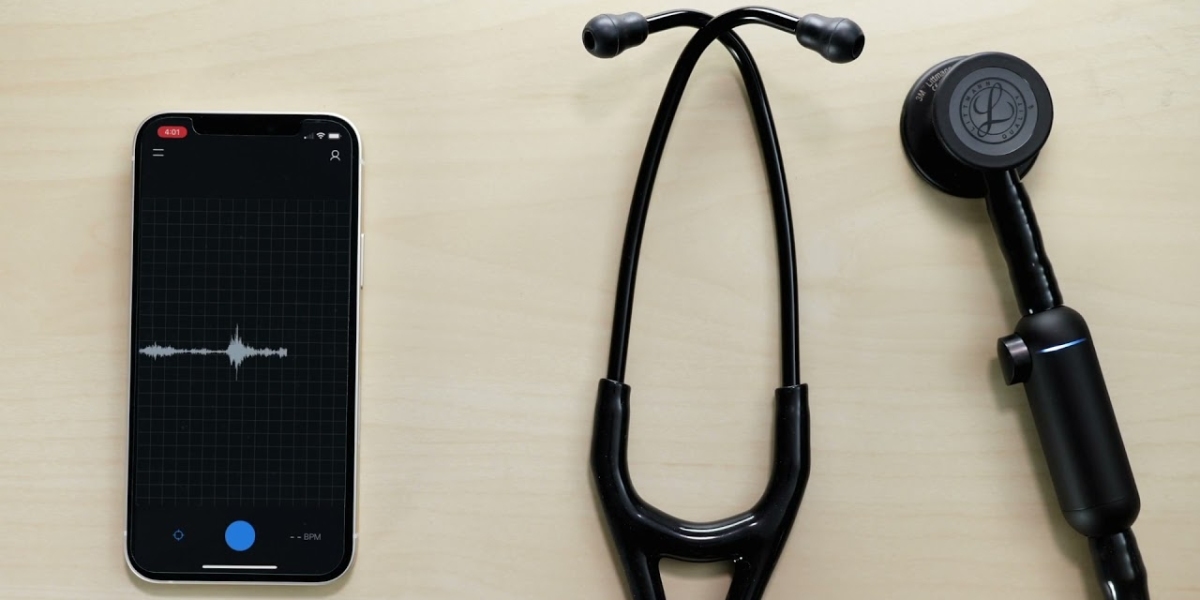History and Background
For over 200 years, the traditional acoustic stethoscope has been the physicians' primary tool for auscultating the lungs and heart. However, the acoustic stethoscope has its limitations. It can be difficult to detect very subtle sounds and distinguishing between different types of sounds with the unaided ear. Developing technologies eventually led to the digital stethoscope.
How Digital Stethoscopes Work
Digital Stethoscope work by converting the sounds picked up by the chest piece into digital signals. Within the chest piece are one or more microphones that detect vibrations from the patient's internal sounds and convert them to electrical signals. These signals pass through a wire into the transducer unit. Here, the signals are strengthened and processed. They are then converted from analog to digital format by an analog-to-digital converter. The digitized sound files can be immediately played back through speakers or headphones for diagnosis and teaching. Or they can be electronically stored, transmitted, or processed further for analysis.
Features and Benefits of Digital Stethoscopes
Digital stethoscopes offer several advantages over traditional acoustic models:
- Sound amplification and filtering capabilities allow for detection of much finer sounds that may otherwise be inaudible or difficult to discern. Variable frequency filtering helps identify different lung and heart sounds.
- Integrated recorders enable permanent storage of sound files for later playback, comparison, or consultations. Recordings can document patient progress or rare findings over time.
Get more insights, On Digital Stethoscope









